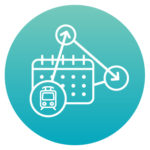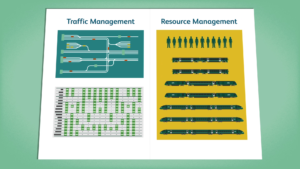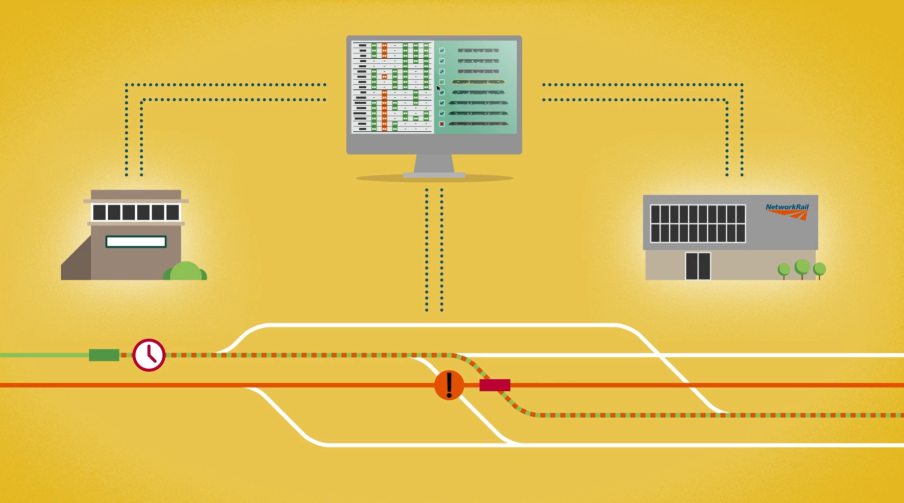Innovative Western Route pilot achieves significant benefits from Traffic Management and Crew & Stock integration


Relevant RTS critical priority(ies):
Data driven; Optimised train operations
A pioneering pilot, the first of a kind in the UK, has successfully combined the Luminate Traffic Management System and the Worldline Integrale Crew & Stock Resource Management System, on the Western Route between London Paddington and Bristol Temple Meads, with the aim of enhancing the performance of the major mainline in a cost effective and time efficient manner.
Network Rail, Great Western Railway, Resonate and Worldline worked together to integrate the systems to give controllers more comprehensive, more detailed, more timely and more automated information, leading to reduced manual effort when agreeing changes to services and recovering from disruption, ultimately delivering a better experience for the customer. This delivers a shared operational view, between Network Rail and Great Western Railway, of the emerging on-the-day service delivery, using their respective systems and common understanding of any potential issues.
The Western Route has benefitted from several major projects over the last decade, including electrification of parts of the Great Western Main line, introduction of new fleets, and changes introduced by the Elizabeth Line. This meant that achieving business readiness for changes to core operations systems was a major challenge, which required extensive engagement with users, flexible contracts and commercial arrangements, and buy-in from to a set of clear, shared objectives. Importantly, the work was approached as a business change programme supported by a technology project, rather than as a technology project that required business change, thus from the start there was a focus on the controllers as an expert community, and on their needs in delivering a better, more reliable, train service.
Benefits of the integrated systems include:
- collaboration at a working level to solve arising issues
- a significant trend in improving the visibility of, and correction of, resource-based issues
- much reduced abortive replanning work – right first time more often
- more timely information to customers
- more accurate information to customers
- reduced duration of service disruption
- reduced volatility of incident related KPIs
The integration is also opening up opportunities for further improvements and enhancements which will help to improve the customer experience on the Western Route and, as a proven approach, deliver comparable benefits elsewhere in the GB rail industry. An independent study assessed the results of the ‘traffic management/stock & crew’ integration and predicted that the annual revenue increase could be significant. If you then extrapolate this across the whole region and the other regions, the quantifiable benefits are material to assisting in ensuring services run to the Time Promise. This is also a great example of ‘Track & Train’ coming together to reduce primary and secondary Delay for the benefit of the customer and aligned to the aspirations of GBR.





